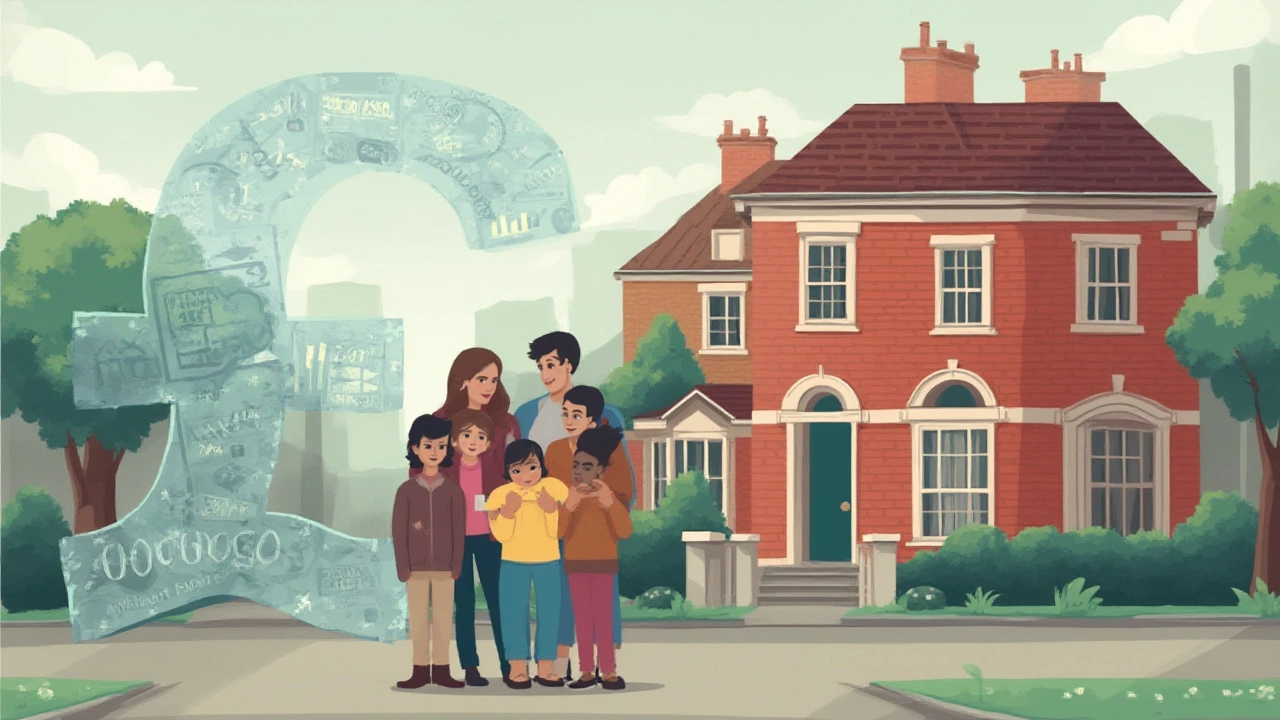Home Loan Repayment: Practical Tips to Lower Your Monthly Cost
Got a mortgage and wonder why the payments feel heavy? You’re not alone. Most borrowers pay more than they need to because they miss a few simple tricks. Below you’ll find clear steps you can take right now to shrink your repayment, keep more cash in your pocket, and get out of debt sooner.
Key Factors That Affect Your Repayment
First, understand what actually drives the amount you owe each month. The interest rate is the biggest lever – a 1% drop can shave hundreds off a 30‑year loan. Next, look at the loan term. Extending the term lowers the monthly figure but adds interest over the life of the loan. Finally, check whether you’re on a fixed, variable, or tracker mortgage. Variable rates can swing up or down, meaning your payment might jump without warning.
Small details also matter. Some lenders add administration fees, early‑repayment penalties, or insurance costs into your payment schedule. Ask for a full breakdown so you can spot anything you don’t need. Knowing these pieces gives you bargaining power when you talk to your mortgage provider.
Smart Strategies to Cut Your Mortgage Costs
1. Re‑mortgage to a lower rate. If rates have fallen since you signed up, it’s worth shopping around. Even a half‑point reduction can save you thousands. Use a mortgage calculator to compare your current payment with a potential new rate before you commit.
2. Make extra payments. Adding a little extra each month – even £50 – goes straight to the principal. Over time that reduces the balance faster and cuts the interest you pay. If you receive a bonus or tax refund, put a portion toward the loan instead of splurging.
3. Switch to monthly rather than weekly repayments. Some lenders charge a tiny fee for weekly plans. Moving to monthly can eliminate that fee and simplify budgeting.
4. Use an offset account. If your bank offers an offset linked to your mortgage, the cash you keep there reduces the amount that interest is calculated on. It’s essentially free interest reduction, provided you keep the account full.
5. Review your insurance. Mortgage protection isn’t mandatory, and you might be overpaying. Shop for a cheaper policy or see if a term life plan you already have covers the same risk.
Don’t forget to check for early‑repayment charges. Some lenders waive them after a set period, usually two or three years. If you’re planning a big lump‑sum payment, time it to avoid those fees.
Finally, keep a record of every change you make. Write down the new payment amount, the date, and the total interest saved. Seeing the numbers shift can motivate you to stay on track.
Managing home loan repayment doesn’t have to be a mystery. By understanding what drives your payment and using a few proven tactics, you can lower your monthly outlay and speed up the journey to owning your home outright. Start with one change today – whether it’s a quick rate check or a small extra payment – and watch the difference add up over time.
What Are the Real Costs of a $100,000 30-Year Mortgage at 7 Percent Interest?

Wondering what a $100,000 mortgage over 30 years at 7% really adds up to? Get the numbers, breakdowns, payment tips, and smart money hacks right here.
Read More >>